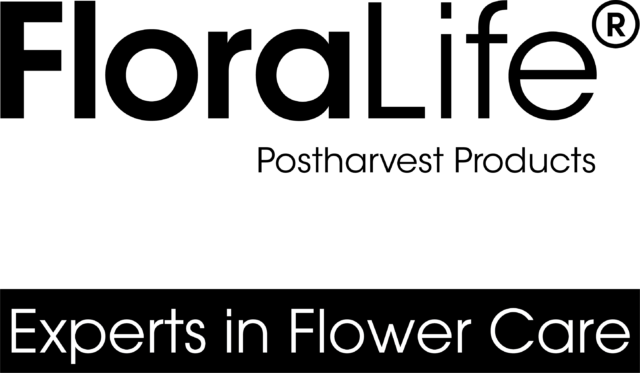The Ways We Purchase
You walk into a store, maybe you have a list written down or maybe you just have a couple of things in mind that you need to pick up. As you walk in you see a beautiful holiday display of fresh flowers and think to yourself "Oh! How pretty!". You instantly move toward the display for a closer look and pick up a bunch. Now you're thinking about where you're going to put them, what vase you'll use, how nice they'll look. You are not thinking if you're going to buy them or not, you've decided. You have just become not only a planned purchaser but an impulse one as well. It all happens that fast, we are exposed to a stimulus that elicits an emotional response and in that 5 second window you've made the decision to buy.
Planning for all different types of buyers is the best way to capture the most sales. Understanding the types of purchases made can help you to do just that. So, what are the types of purchases?
- Planned: The store is a destination point; you are going there to specifically purchase something that will satisfy a need.
- Unplanned: No intensions prior to entering the store but purely situational, you see an item and remember that you need it.
- Impulse: Similar to an unplanned purchase because you had no intentions of buying the item. The difference between the two however is this purchase is the result of being exposed to a stimulus that made you respond, and you decide on the spot to buy.
- Unrealized: This is the purchase that never happens, you consider it but for some reason you walk away.
All purchases can be attached to an experience or not. What we do know is that any purchase made that is associated with a positive experience or has an emotional attachment creates deeper feelings of satisfaction for the consumer. That association will also lead to repeat purchases in order to have that experience again which is great for business!
How to Plan for All Customers
Your sales and merchandising plan should include addressing both planned and impulse purchasing. How do you plan for both? Think of the characteristics of each type of buyer and create your plan according to their nature.
Planned Purchase
- These customers have most likely bought from you before. Contact these customers directly to remind them to place orders in advance, especially for holidays.
- Offer early order discount incentives.
- Begin advertising in advance to customer contact list, social media and / or signage in shop.
- Know the demographics of your customer base and reach out to them accordingly, using the most appropriate communication vehicles.
Impulse Purchase
- Offer a quality product. Quality attracts the greatest attention.
- Create impact and exciting displays that are merchandised correctly. Simple and easy to follow. Change them often and keep them interesting. Displays motivate shoppers to make unplanned buys or purchase new items.
- Position your floral displays in high traffic areas. If they do not see it, they will not buy it!
- Offer the right price points and do not mix different price points in buckets. Be sure all pricing is clearly marked. Once they've decided to purchase you don't want to lose them because they can't finalize their decision.
- Have an attention grabber such as a compelling message/story signage, a color blocked or holiday display.
Displays must be clean, fresh and full. Make a little look like a lot when you need to. Cull your display several times daily. - Quality is remembered long after price is forgotten! Remove flower items that have reached a questionable quality or that have expired. There is no such thing as a “reduced quality flower!”.
- If something is not selling, move it at cost as a “Tuesday special” while it is good. Plan your sale day to be on slowest day.
- A good floral department sets the tone for the entire store!
- Get the flowers into their hands! Once someone has flowers actually in their hands, it's almost a guarantee they are going to buy.


